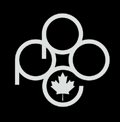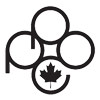Friday, June 18, 2021
ORNITHOLOGY / BIRD PHOTOGRAPHY AND THE VALUE OF CITIZEN SCIENCE
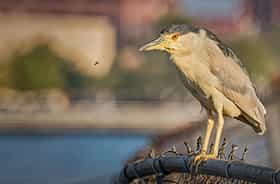
Submitted by Violet Aubertin. As a recent recruit to PPOC I am very pleased to announce my first successful accreditation in Ornithology / Bird Photography. After retiring from a career in health care in 2018 I made the decision to pursue my long time passion for photography by letting it guide me to my destination. My photographic interests are many allowing me to explore several techniques and genres, but one that has kept me active through all seasons has always been Ornithology / Bird Photography making it the best choice for my first accreditation.
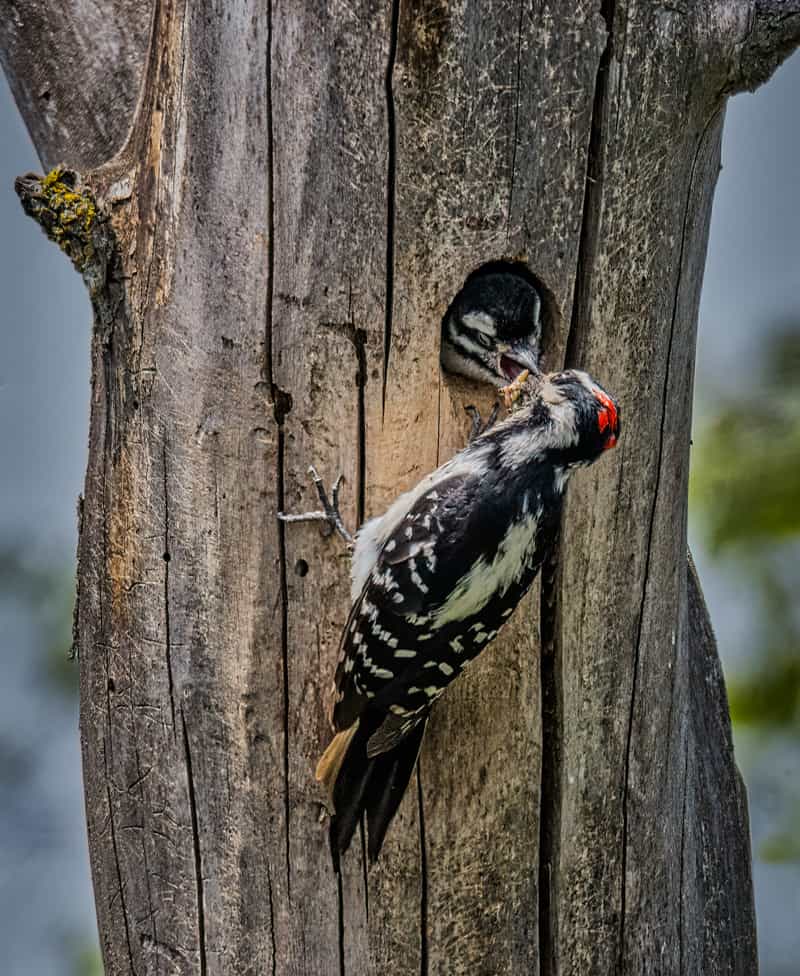
During winter months, when light was at a minimum due to shorter days and shift work which kept me close to home, I turned to feeder watching on the suggestion of one of my instructors in an effort to have subject material to hone my skills. As retirement neared I began to participate in outings with the local clubs of different genres focusing on local and migratory bird populations. For me it was both educational and skill building and a way to get to know the birding community locally.
But my interest did not stop there. I am privileged to live in Sault Ste. Marie where the district of Algoma's Birding community is growing daily. This community is not only comprised of Bird Enthusiasts, Ornithologists, Naturalists, Research Scientists and Professionals to name a few, but they also include Photographers.
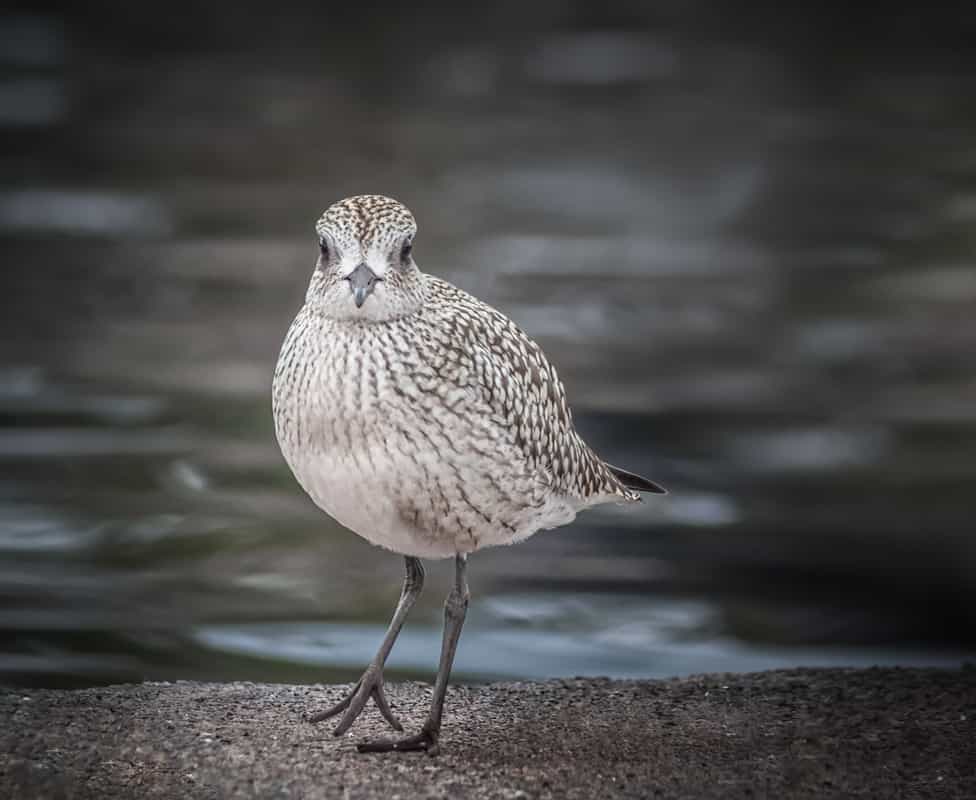
The pairing of boots and eyes on the ground with professional conservationists is a perfect combination. They provide a balance of scientific evidence which is combined with scientific knowledge for future predictions and publications.
So how does this work for me and other photographers like myself? It all began with those outings with others of like mind. Those of us making observations and recording them in photographs or just recording them are encouraged to share their observations. Due to lack of boots on the ground a Bird Photographer making a sighting is a valuable asset to the birding community. They may present birds who are unusual to an area for any number of reasons such as off season, out of range, rare to an area or a multitude of other reasons.
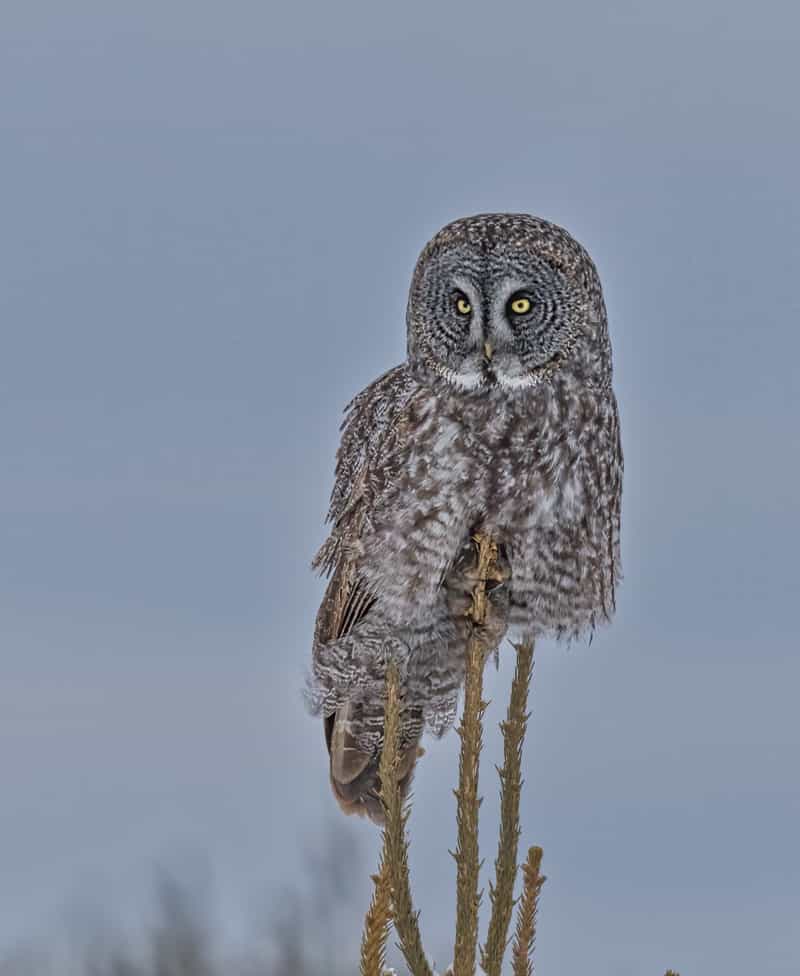
A young conservationist named Carter Dorscht who is also an avid birder and now the Executive Director of The Kennsington Conservancy (http://www.kensingtonconservancy.org/) is a prime example of one of those professionals working with the community.
In his journey he championed his love for birding by starting his own bird guiding business - Dorscht Birding (http://www.dorschtbirding.com/) and rallying birders from the Algoma District to a Facebook group known as Algoma District Birding. (https://www.facebook.com/groups/algomadistrictbirding). Without his help and continuous drive I know I would not be where I am today.
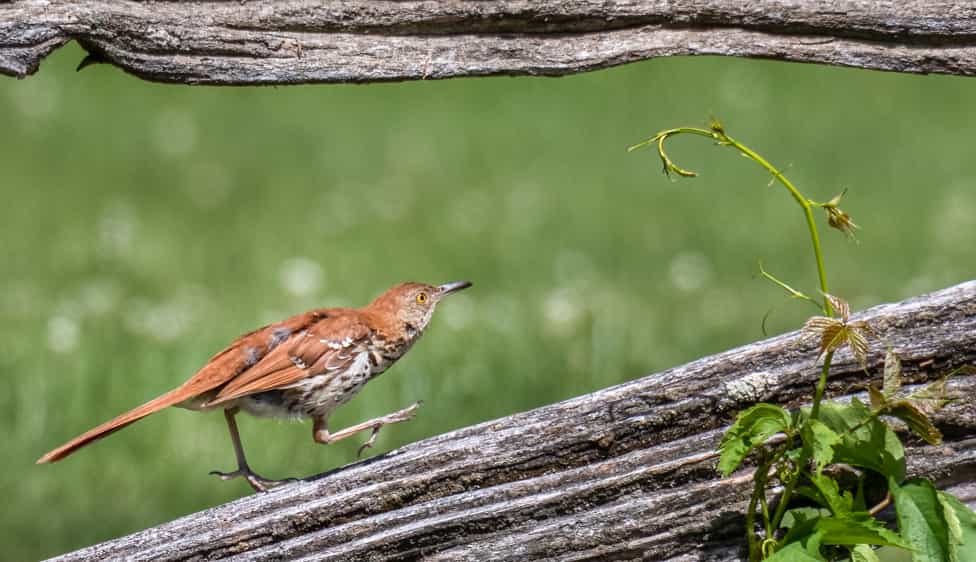
Sharing observations has become a mainstay in my day to day. Algoma District Birding has become an integral place to find new species, learn about rare sightings, identify unknown species, liaise with other birders, learn about low impact birding which is gaining popularity (also known as 5 Mile Radius Birding where birding is done within a 5 mile radius of your home lessening your carbon footprint), allows those who just enjoy - to observe and appreciate photos where they would not normally be able to get out, has educational value and much more. There are young members who make their outings with parents as guides as early as preschool.
On a much higher level photographers and birders alike are encouraged to be a part of Citizen Science by submitting their observations to e-Bird (the Cornell Lab of Ornithology).
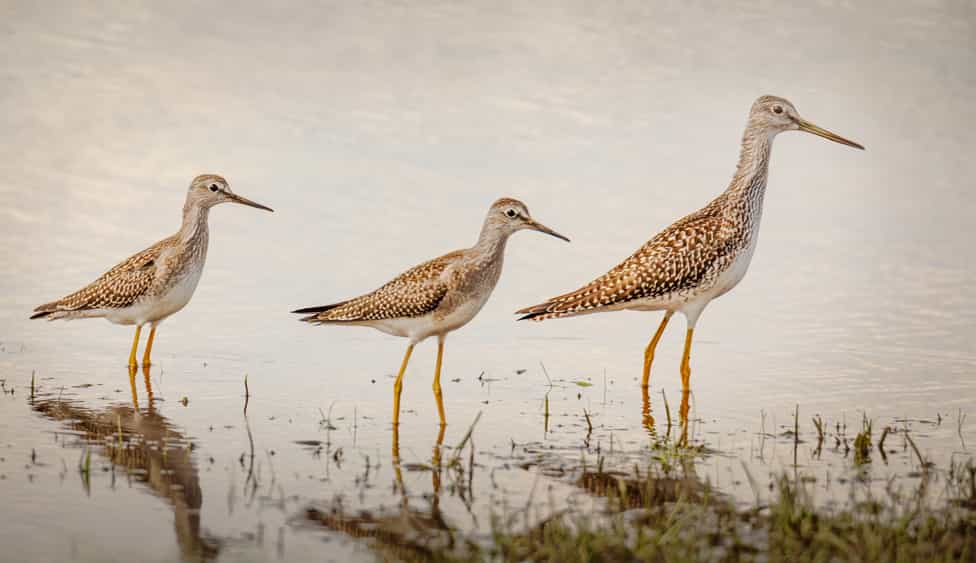
I strive to give back to the birding community for which has given me so much. I am forever grateful to my birding mentor Carter Dorscht who has given so much of his time and knowledge to help me better my birding skills.
There are many tools at my disposal to make that happen. Each excursion I am on while birding has data entries to e-Bird. Some days depending on how much movement and how many different habitats I encounter there may be multiple. This application is simple to use and has both a desktop and a smart phone version making it easy to record findings anywhere in the world while out in the field and then add small versions of your avian photos from those excursions when back to your computer. This information has many purposes ranging from conservation decisions, understanding biodiversity of protected preserves, student papers, bird distribution and much more.
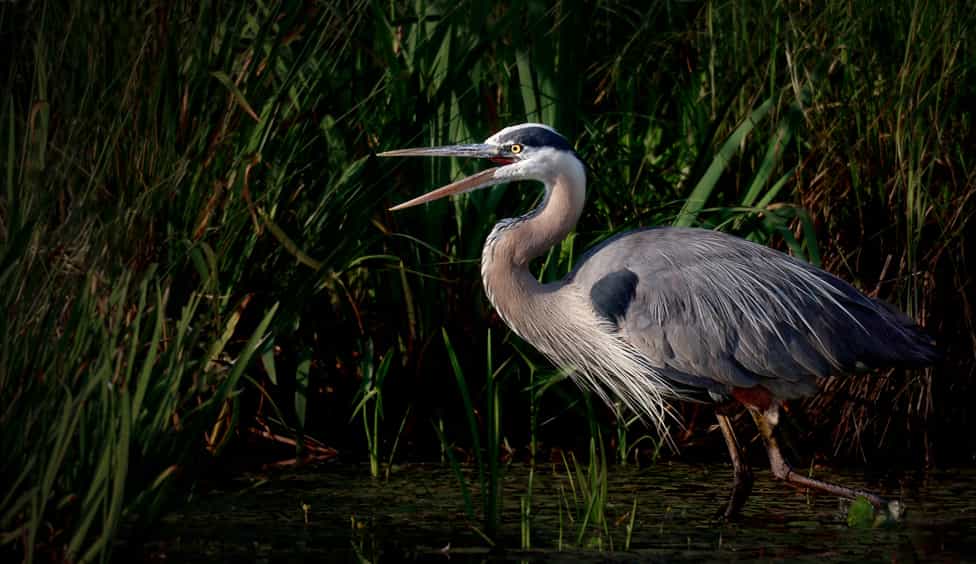
Data is accessible to all users. One can research prior to making a trip anywhere in the world for best birding hotspots, species most likely to be found in those locations or even be alerted to specific or rare bird sightings. This past January began the first of a five year study for the Ontario Breeding Birds Atlas. This is the third atlas and they are completed every twenty years. I have chosen to submit my observations of breeding evidence to this project as well.
As part of the preparations for the atlas there have been multiple educational webinars and participants submit data within their abilities. As Bird Photographers it is important to educate ourselves on our subjects, their habitats and habits but even more important to know their proper names just as a Portrait Photographer gets to know their clients.
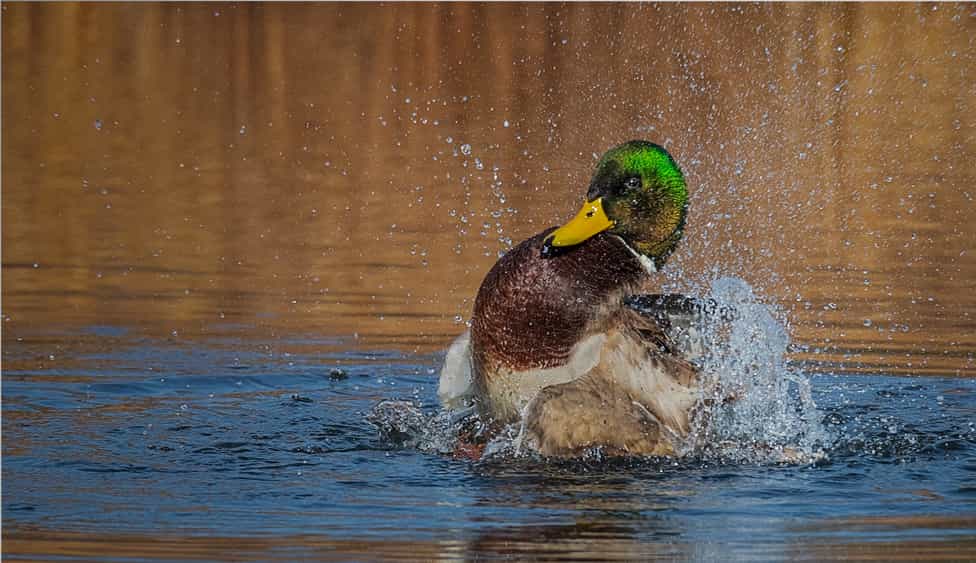
During current times we spend countless occasions making social media posts to increase our visibility but we do ourselves a huge disservice when we provide vague information. For instance - there are nine different Blackbirds found in Ontario. Of the nine species, each has their own name. To break that down even further most sexes have different colorations to their plumage both summer and winter and even in some cases during breeding season. Which sounds more competent? The Rusty Blackbird has returned in his winter plumage; or The Blackbird has returned? I'll let you decide.
I'd like to encourage those who are Ornithology / Bird Photographers to consider pairing up with a local group at the very least. Contributing your findings to Citizen Science can also be very rewarding. Some may find they may have time constraints however there are ways of making your efforts more efficient. Perhaps it may mean contributing part time. Tools of today make it so easy. Very few people are still recording observations by pen and paper any longer.
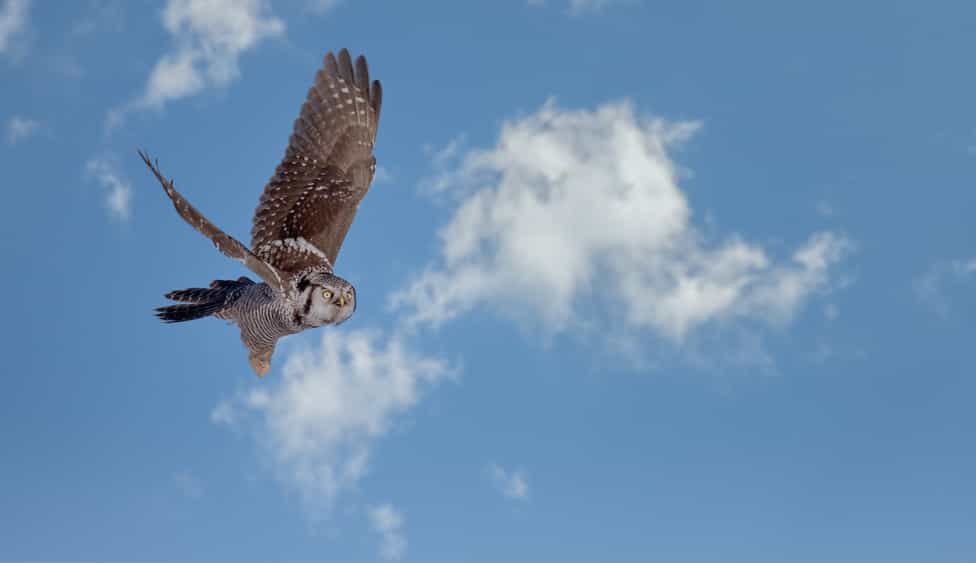
Others may feel they don't want to give their photos away but my suggestion to them is to think of it in terms of how many photos they may take to get that one perfect shot. What becomes of those excess photos? Are they being put to use at all? Generally most people I know just delete them. As long as a photo can identify the species traits, it is usable and considered evidence of it's presence in your report. The sizing of your submitted photos is small and you maintain the copyright. Back to the old adage, "One mans trash is another mans treasure."
Think of the good you can do! You may make a record find for your area, make someone else's day better by giving them purpose to go out in search of a new species, you gain exposure and knowledge, it's a way of giving back to the community - community service, you may help to educate someone else, you may demonstrate to your own target market that you are educated yourself, you gain contacts and friends - back in the day that was called networking and so much more. So do the benefits out way the risks for you?
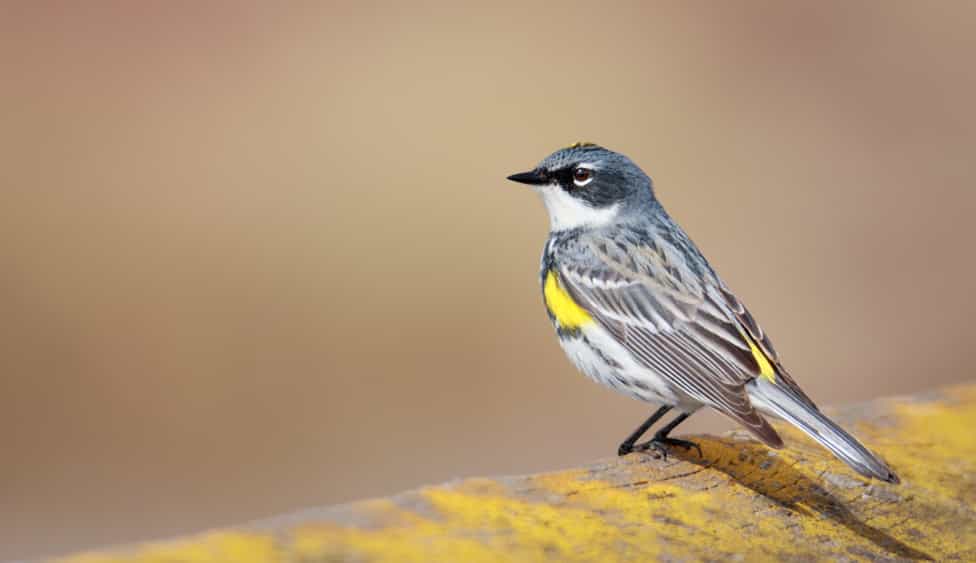
Submission by Violet Aubertin. Violet Aubertin lives in Sault Ste. Marie and joined PPOC in October of 2020. She is Accredited in Ornithology / Bird Photography. She is also a graduate of the Photography Institute of Canada where she studied Landscape / Travel Photography and Wildlife Photography. Violet also has taken a freelance photography & writing position with the local online news agency known as SooToday.
